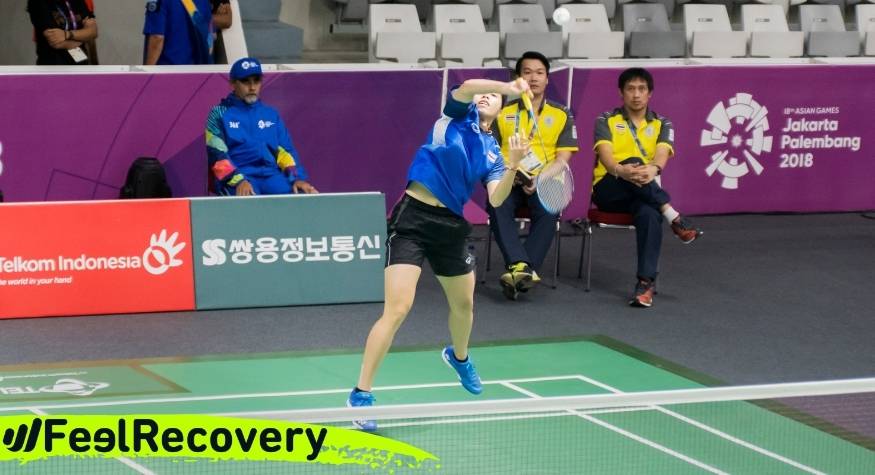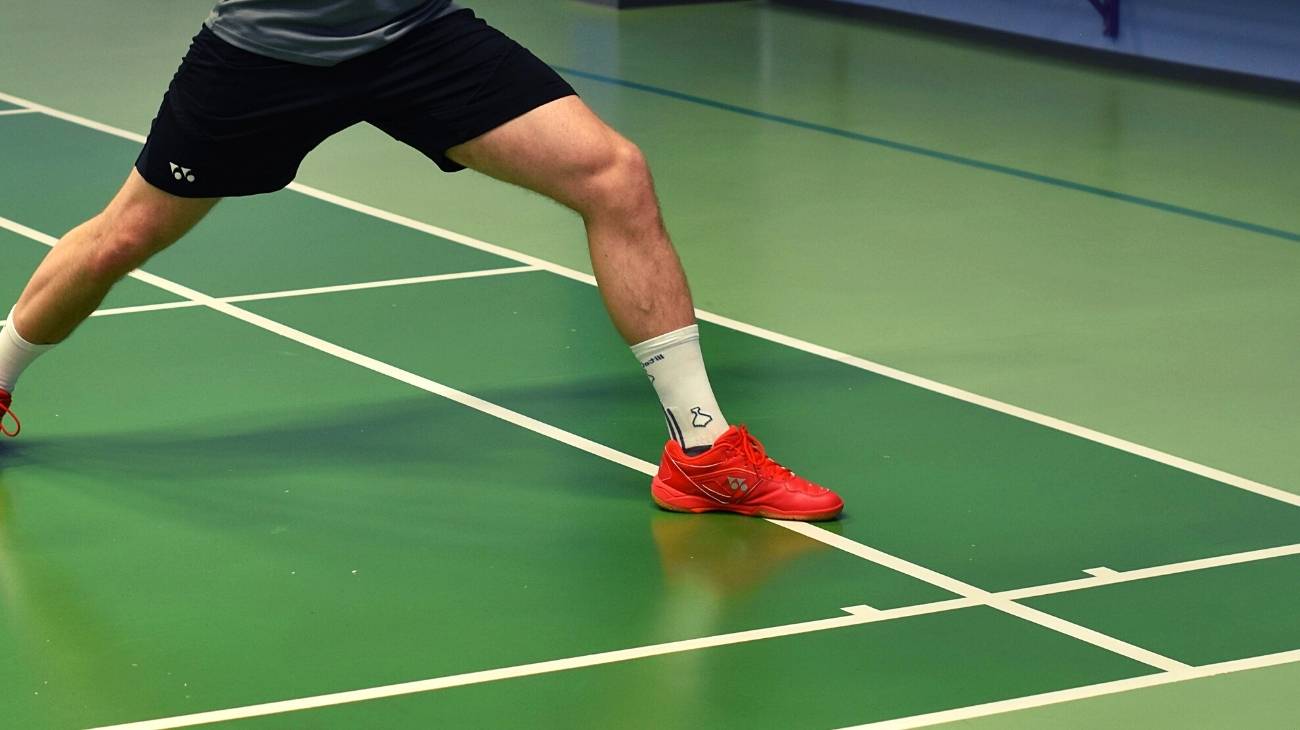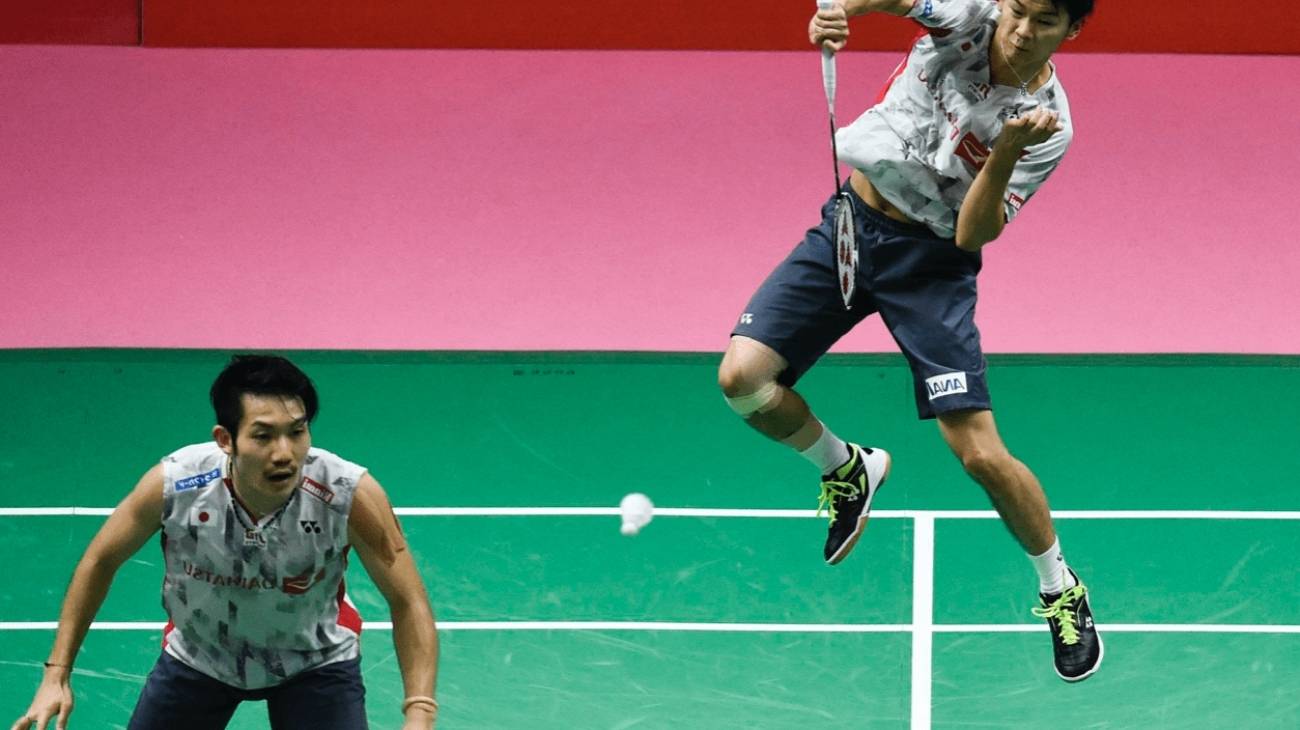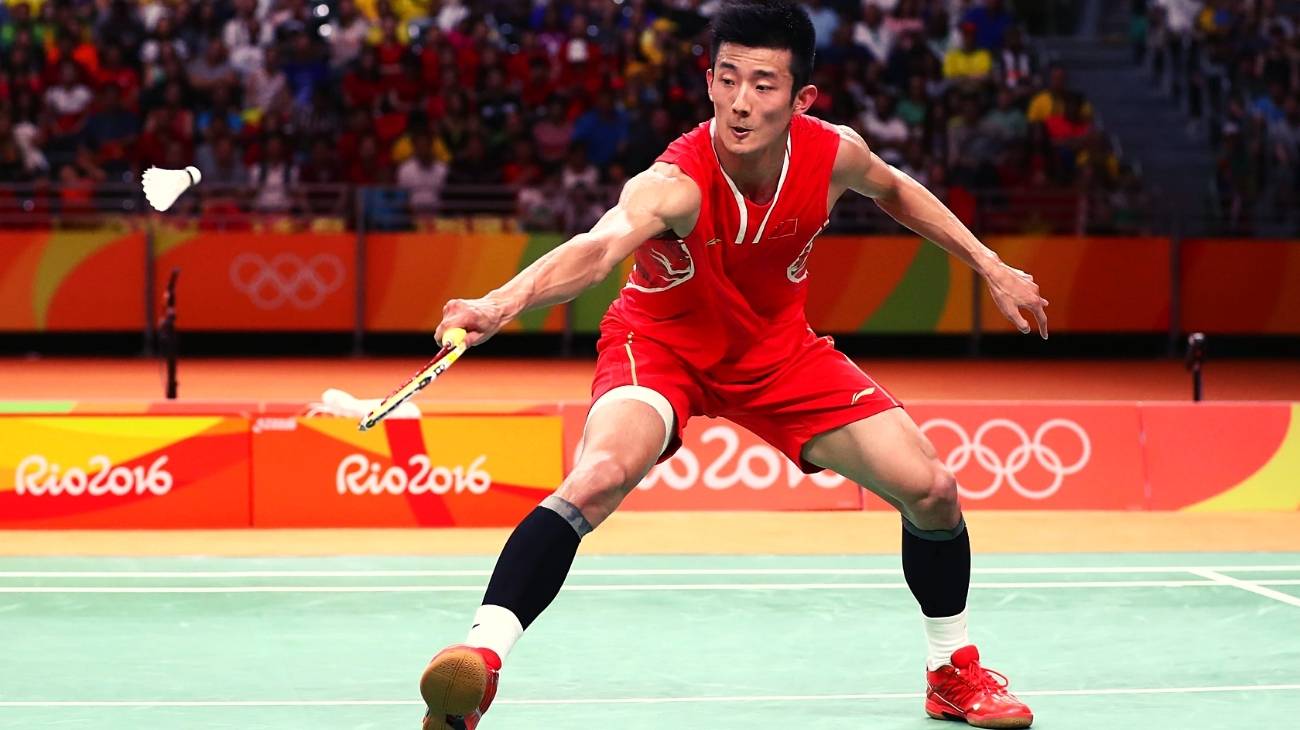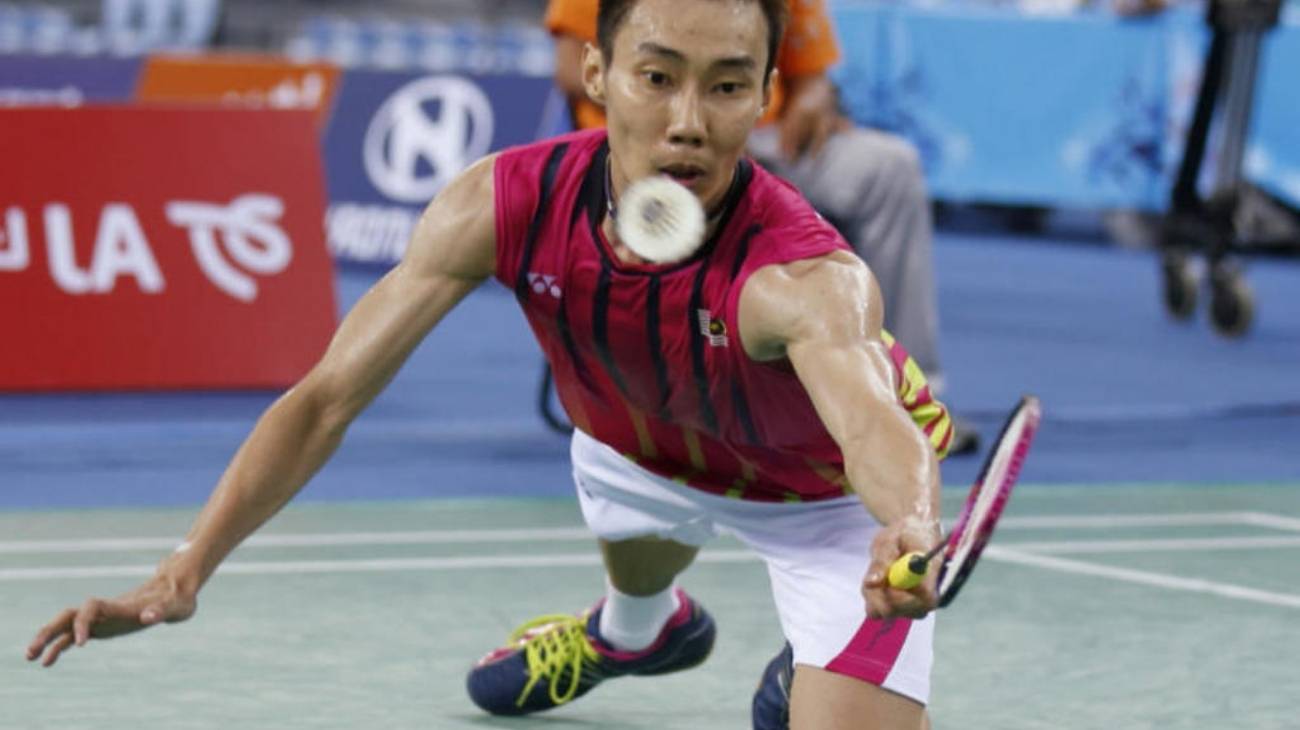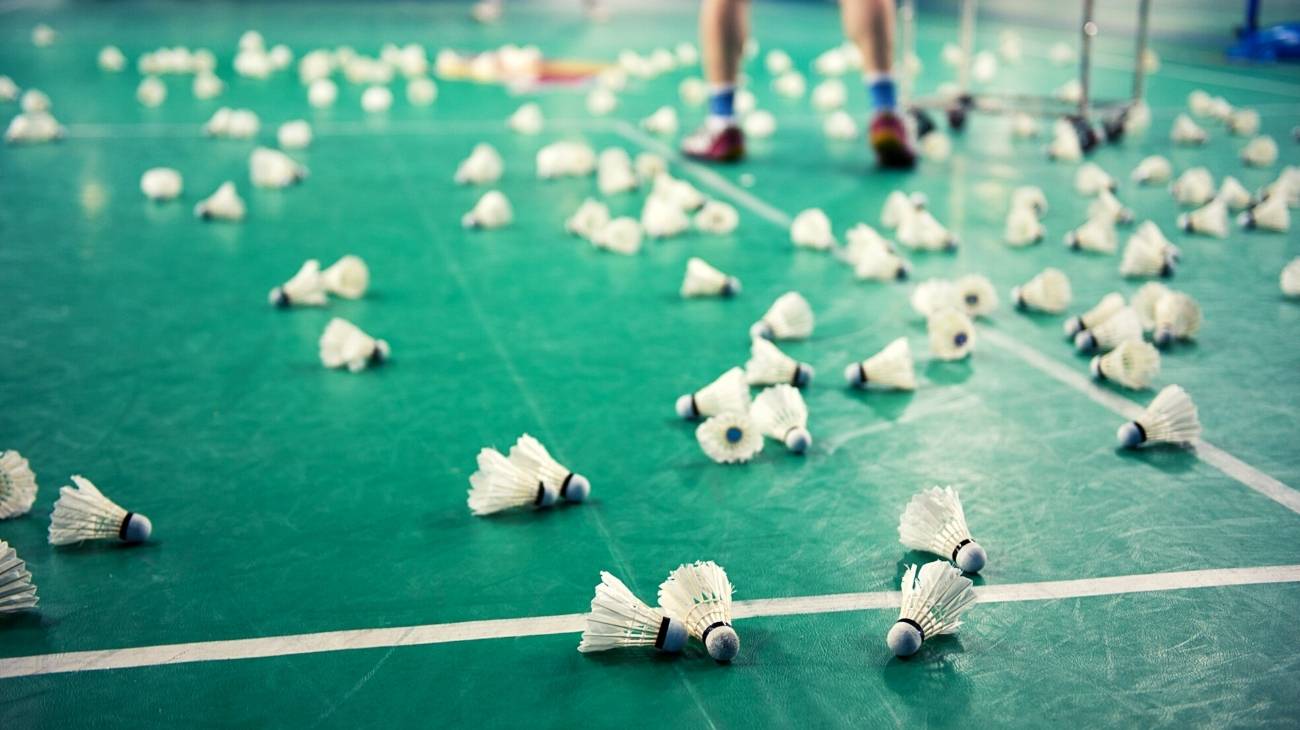There is no doubt that badminton is the fastest sport in the world, both in terms of the athlete's movements and the speed at which the badminton shuttlecock can reach 408 km/h in one stroke.
Due to all this activity, the shoulder often suffers wear and tear and a bad movement can lead to tendinitis or dislocations. We show you the most common injuries, how to deal with them using the PRICE therapy and which products are the most effective on the market.
What are the most common types of shoulder injuries when playing badminton?
On sick leave due to injury? This is unthinkable for any athlete who makes badminton his or her profession. Because this Olympic sport is not easy to master, even though it may seem so, so there is a latent risk of injury.
Shoulder dislocation
A shoulder dislocation is the twisting or overstretching of a ligament. Ligaments are tissues that connect the bones of a joint. Even falls and contortions are blows that cause a sprain. The main symptom includes pain, swelling, bruising and inability to move the joints. Sometimes it only takes a few minutes to get back on the court, although only the pain and swelling will tell you how serious the situation is.
In badminton it is not a very common injury, but one reason for it is a fall when trying to get to an opponent's shot too far away from our position, so that we fall sideways with our arm outstretched and hit it right on the shoulder.
Shoulder dislocation
Also known as dislocations. The shoulder joint is made up of three bones; the clavicle, the shoulder blade and the humerus; when the humerus slips out of place it is called a dislocation. The shoulder is the joint with the greatest range of motion in the body, so it is the joint most prone to dislocation. Falls cause the weight of the whole body to be concentrated on the shoulder, often the biggest reason for a shoulder to dislocate in competition or training while playing badminton.
Shoulder tendonitis
Tendons are tough cords of tissue that attach muscles to bone. Their purpose is to help bones move. When a tendon becomes inflamed it is because there has been an injury or trauma to the joints. Although the wrists and ankles are the most common parts of the body to get tendonitis, the shoulder is no exception. Good rest, immobilisation and elevation of the arm are usually sufficient.
In badminton, shoulder tendinitis is very common due to the wear and tear that is generated in this joint when performing different types of shots and returns. It is therefore advisable to warm up beforehand and cool down afterwards to strengthen the ligaments and tendons of the rotator cuff.
Shoulder bursitis
In each joint, the bones have a small bursa that cushions the natural shocks and movements of the body. The bursa also becomes inflamed and this is when bursitis occurs. Badminton players often suffer from bursitis when the same joint is overused or from trauma caused by a fall during training or competition.
Symptoms include pain and swelling and sometimes further physical examination and x-rays are required to ensure that it is an inflamed bursa and not another reason. Treatment does not require invasive interventions, only rest and medication.
Frozen shoulder
This is actually adhesive capsulitis, that is its clinical name. Symptoms start gradually and worsen over days if the athlete has not detected that something is wrong. The risk increases when you are recovering from an illness or medical procedure that prevents you from moving your arm, such as a stroke or mastectomy. What should you watch out for? Watch for any shoulder movement to cause pain during a throw or return.
Best products for shoulder injury recovery in badminton
Bestseller
-
Microwave Wheat Bag for Neck & Shoulder Pain Relief (Hearts)
£24,95 -
Microwave Wheat Bag for Neck & Shoulder Pain Relief (Oxford)
£24,95 -
Microwave Wheat Bag for Neck & Shoulder Pain Relief (Sport)
£24,95 -
Microwave Wheat Bag for Neck Pain Relief (Hearts)
£20,95 -
Microwave Wheat Bag for Neck Pain Relief (Oxford)
£20,95 -
Microwave Wheat Bag for Neck Pain Relief (Sport)
£20,95 -
Microwaveable Wheat Bag for Pain Relief (Hearts)
£20,95 -
Microwaveable Wheat Bag for Pain Relief (Oxford)
£20,95 -
Microwaveable Wheat Bag for Pain Relief (Sport)
£20,95
How to apply the RICE therapy to treat shoulder injuries in badminton?
Previously known as RICE, the PRICE therapy is a more effective update of the steps to follow in the event of an injury:
- Protection: this protection can be done by an initial bandage covering the entire injured area. It is obvious that the athlete should be lying down if the lower limbs are involved, although a shoulder injury can be treated by sitting. In this step, relative immobilisation is sought. Its function is to avoid a possible complication by not treating a sprain or strain correctly.
- Rest: rest is intended to reduce any movement of the affected joint as much as possible. Since it is not known whether it is a muscle strain, tendon overstretching or a fracture, it is best to stay calm and rest while the sports doctor finishes checking the injury. In some cases, sports physiotherapy techniques such as lymphatic drainage are used during rest to reabsorb the oedema in the area more quickly.
- Ice: even if there is no injury, you can see how in football or basketball players apply ice to their joints to avoid possible inflammation. During an injury this is what you want to do, to reduce the intensity of the pain and to eliminate the swelling as much as possible. The application of ice has two conditions: first, it should be applied with a handkerchief or a special bag to better distribute the cold on the injury. Secondly, prolonged application of ice causes vasoconstriction and increased swelling. What is recommended? Apply the ice for only 15 to 20 minutes and take a break.
- Compression: In this step, other functional bandages are applied to apply pressure on the affected joint. The pressure should be moderate, as we do not want to cause further circulation problems. Only the sports doctor will know the right pressure and time to take care of the injury and prevent it from becoming more complicated.
- Elevation: perhaps the simplest stage, although crucial. The arm should be raised above the level of the heart to ensure better circulation to the affected area. This allows for less swelling due to the action of gravity.
References
- Van der Hoeven, H., & Kibler, W. B. (2006). Shoulder injuries in tennis players. British journal of sports medicine, 40(5), 435-440. https://bjsm.bmj.com/content/40/5/435.abstract
- Quillen, D. A., Wuchner, M., & Hatch, R. L. (2004). Acute shoulder injuries. American Family Physician, 70(10), 1947-1954. https://www.aafp.org/pubs/afp/issues/2004/1115/p1947.html
- Cools, A. M., Johansson, F. R., Borms, D., & Maenhout, A. (2015). Prevention of shoulder injuries in overhead athletes: a science-based approach. Brazilian journal of physical therapy, 19, 331-339. https://www.scielo.br/j/rbfis/a/7XDTVZYkJK6sQJLhSvGJQFz/
- Hudson, V. J. (2010). Evaluation, diagnosis, and treatment of shoulder injuries in athletes. Clinics in sports medicine, 29(1), 19-32. https://www.sportsmed.theclinics.com/article/S0278-5919(09)00068-4/fulltext
- Braun, S., Kokmeyer, D., & Millett, P. J. (2009). Shoulder injuries in the throwing athlete. JBJS, 91(4), 966-978. https://journals.lww.com/jbjsjournal/Abstract/2009/04000/Shoulder_Injuries_in_the_Throwing_Athlete.29.aspx
- Krøner, K., Schmidt, S. A., Nielsen, A., Yde, J., Jakobsen, B. W., Møller-Madsen, B., & Jensen, J. (1990). Badminton injuries. British journal of sports medicine, 24(3), 169-172. https://bjsm.bmj.com/content/24/3/169.short
- Fahlström, M., Björnstig, U., & Lorentzon, R. (1998). Acut badminton injuries. Scandinavian Journal of Medicine & Science in Sports, 8(3), 145-148. https://onlinelibrary.wiley.com/doi/abs/10.1111/j.1600-0838.1998.tb00184.x
- Jørgensen, U., & Winge, S. (1987). Epidemiology of badminton injuries. International journal of sports medicine, 8(06), 379-382. https://www.thieme-connect.com/products/ejournals/abstract/10.1055/s-2008-1025689
- Hensley, L. D., & Paup, D. C. (1979). A survey of badminton injuries. British Journal of Sports Medicine, 13(4), 156-160. https://bjsm.bmj.com/content/13/4/156.short
- Pardiwala, D. N., Subbiah, K., Rao, N., & Modi, R. (2020). Badminton injuries in elite athletes: A review of epidemiology and biomechanics. Indian journal of orthopaedics, 54(3), 237-245. https://link.springer.com/article/10.1007/s43465-020-00054-1

